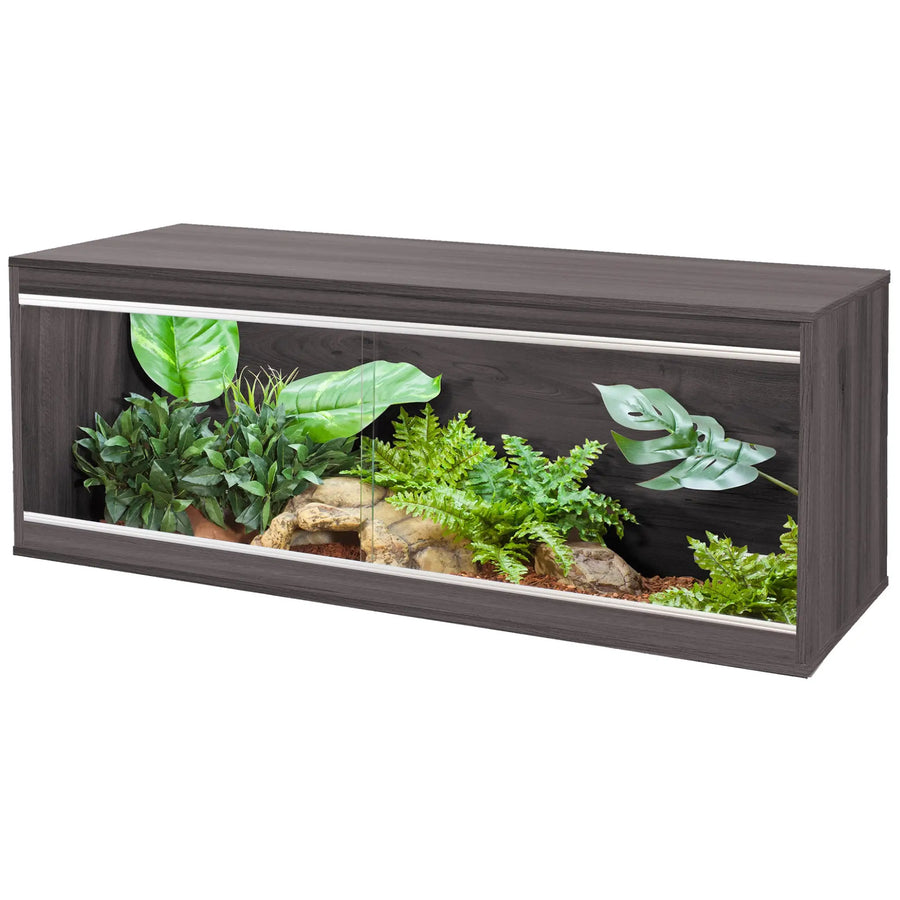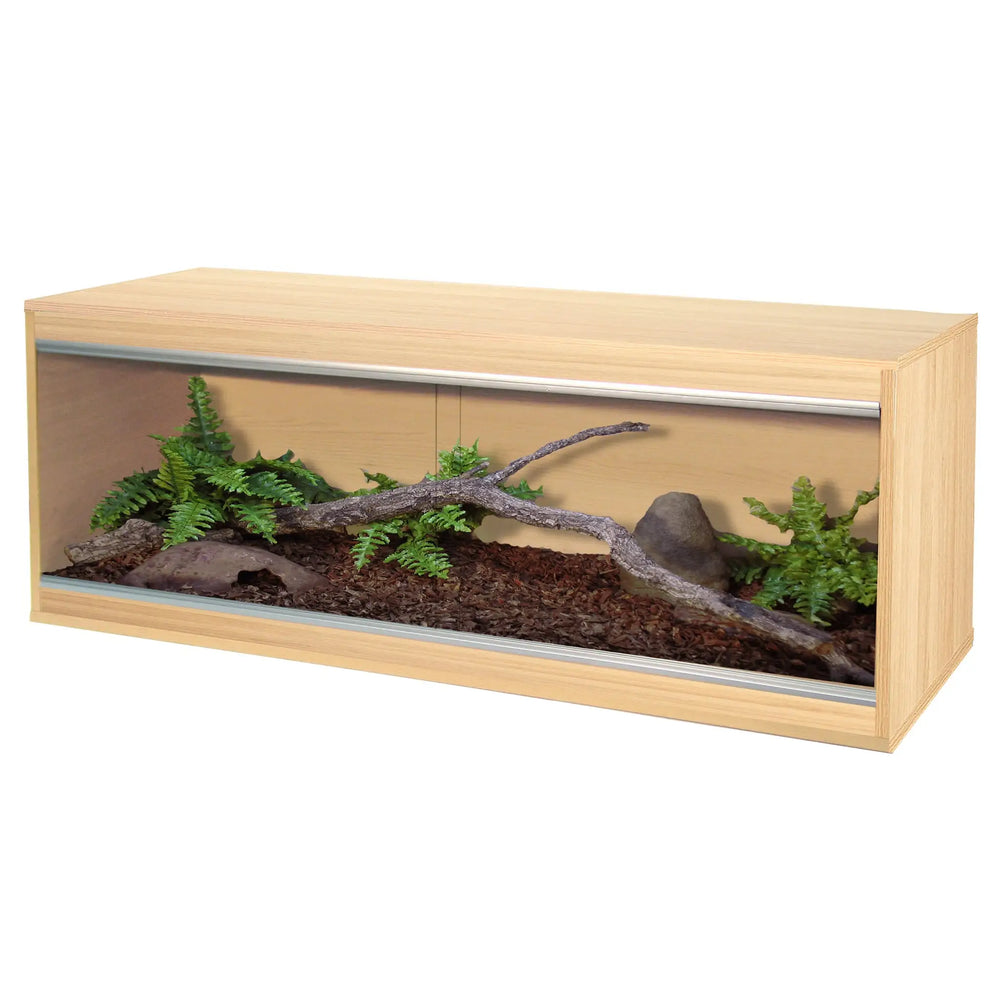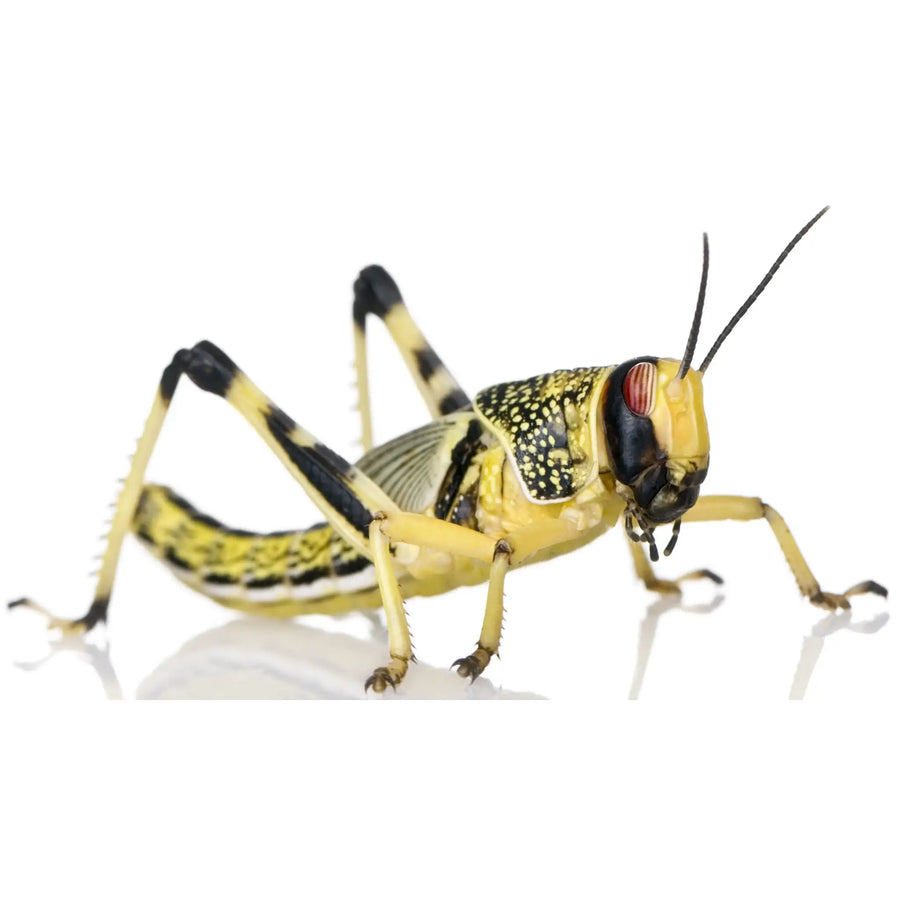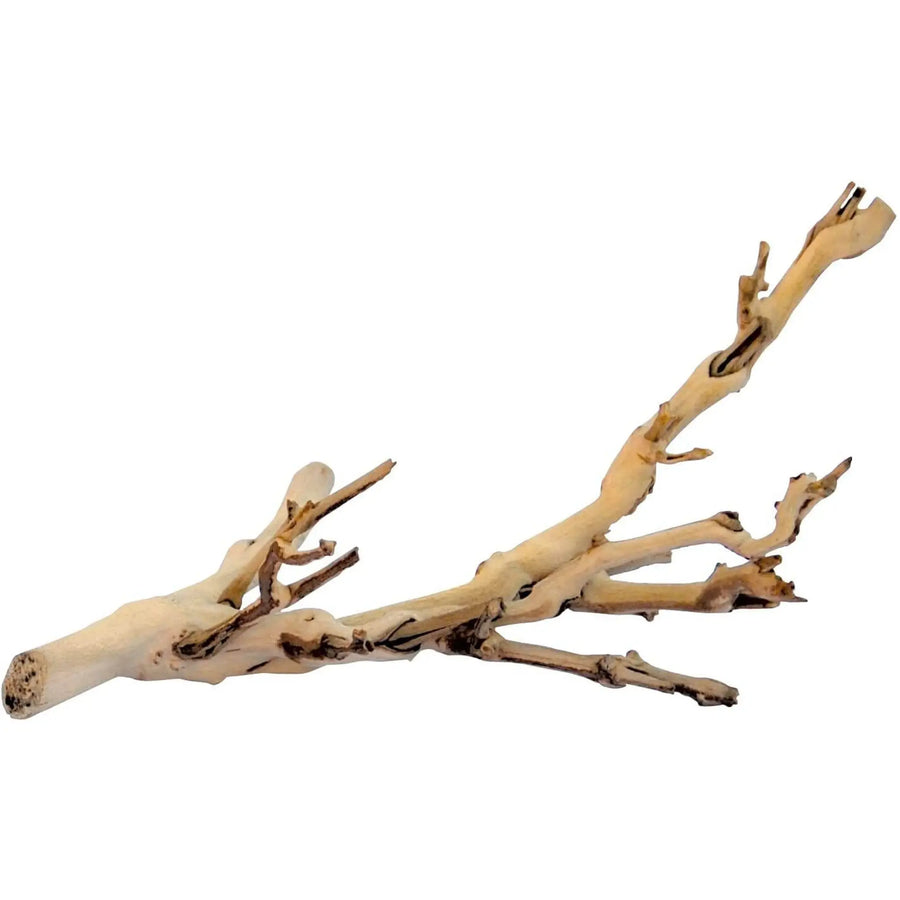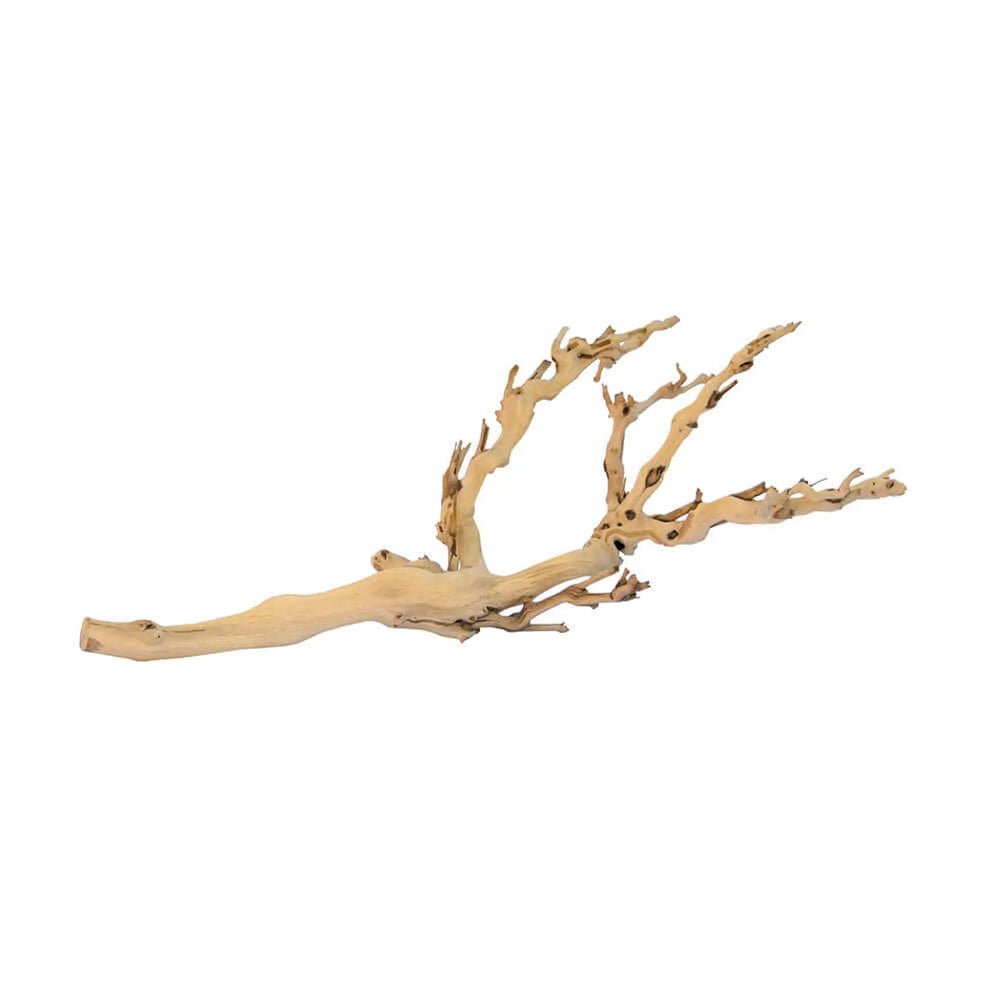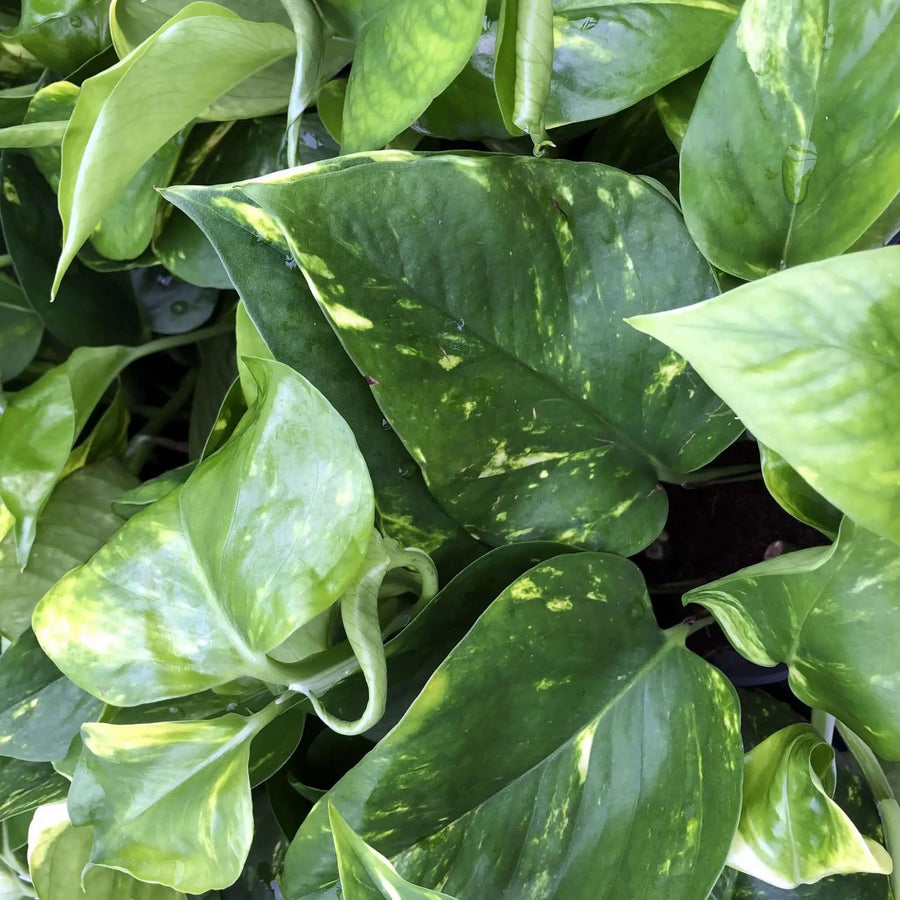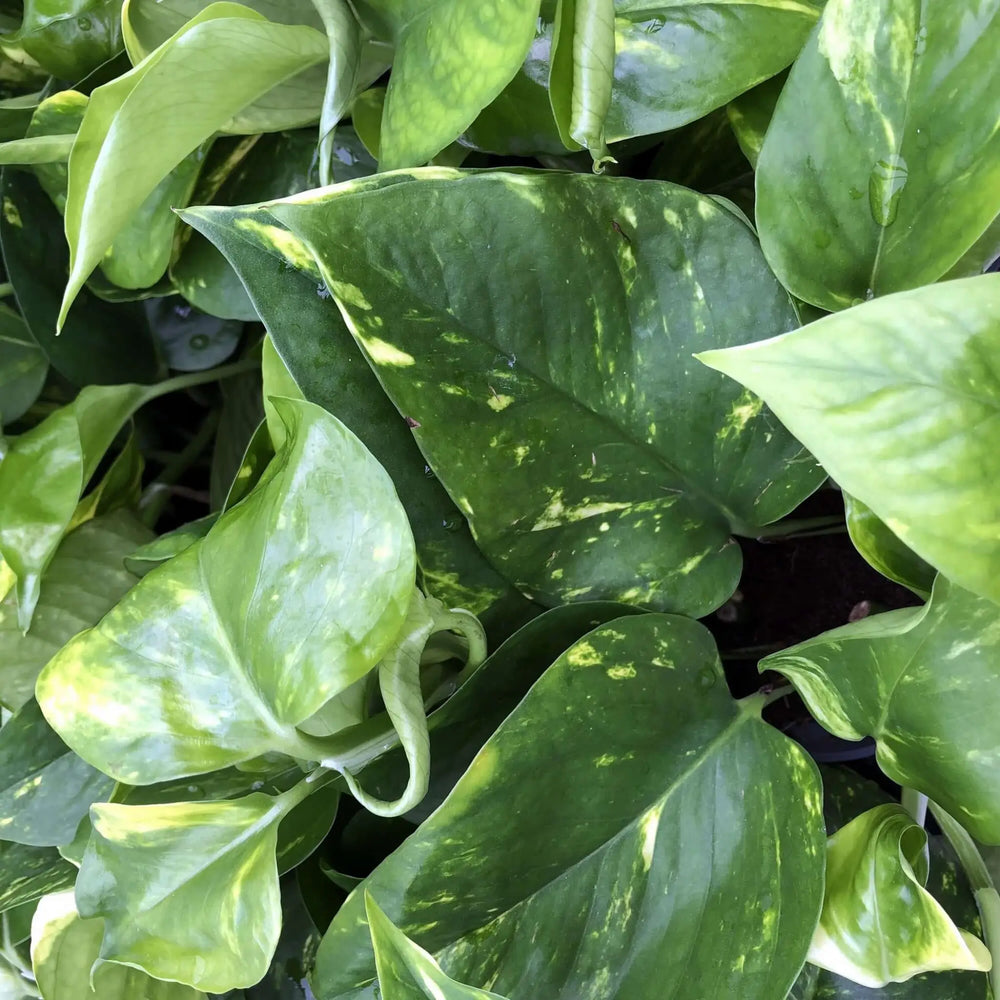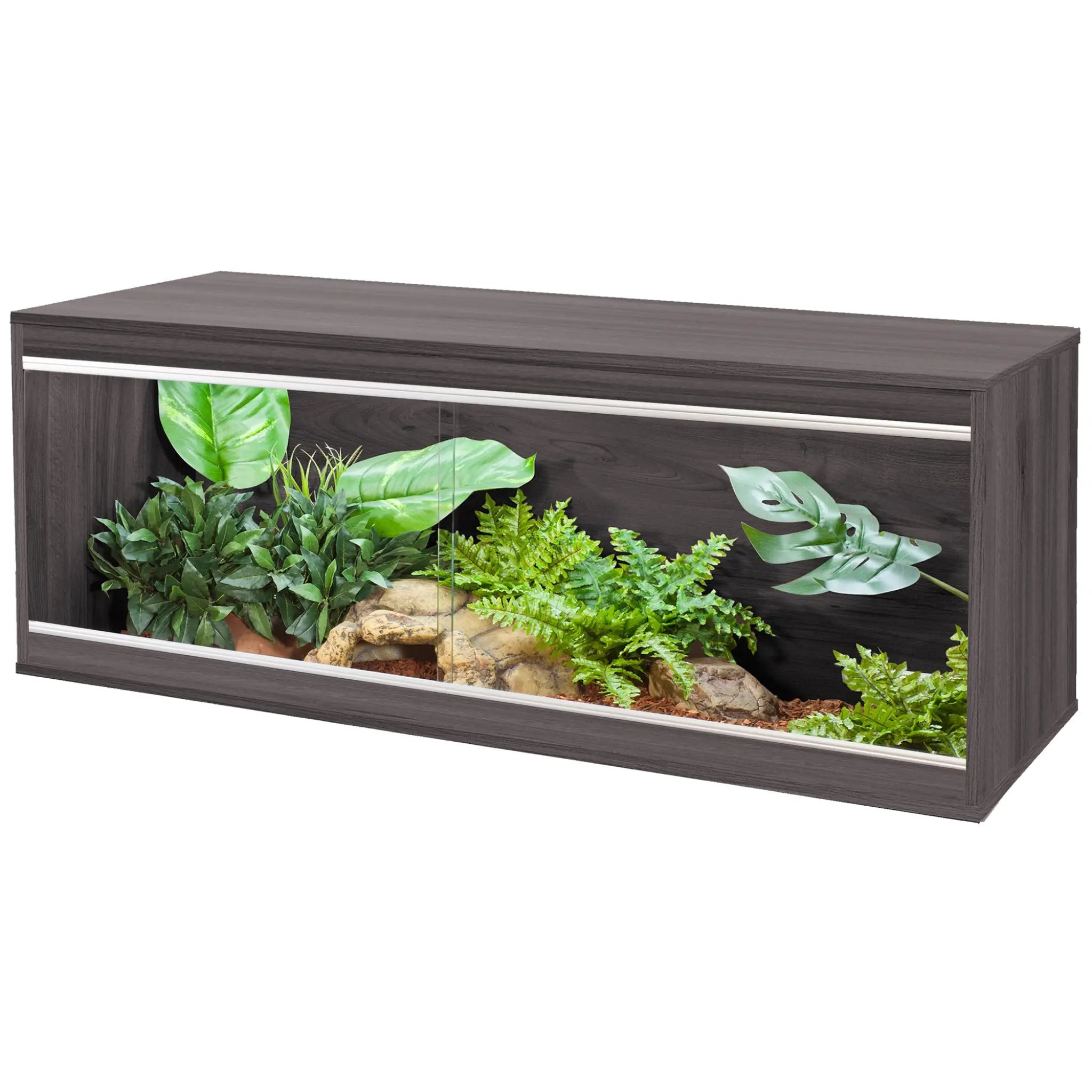
Waxy Monkey Tree Frogs in Captivity
by Luke Tansley on in Amphibians
The waxy monkey tree frog Phyllomedusa sauvagii is also known as the Chaco Leaf Frog. Common name(s) aside, these are interesting frogs more for intermediate keepers than beginners. Some of their requirements are slightly harder to recreate and are unusual for amphibians. The best way to understand these frogs is to look at their natural history.
Natural History
The waxy monkey tree frog Phyllomedusa sauvagii was originally described by Boulenger in 1882. Today while not widely available it is increasingly available in limited quantities to the public. Waxy monkey tree frogs originate in what is known as the Chaco region of eastern Bolivia, northern Paraguay, southwestern Brazil and northern Argentina. The Chaco region of these countries is said to be composed of multiple habitats but predominantly are savanna and thorn forest. My first impression on discovering this was what the heck is an amphibian doing in such an environment? As we will see they've adapted well to this type of landscape.
Description
Waxy monkey tree frogs grow to an adult size of about 3†in total length. They are a muted green color with the lower lip being a bright white. Along the ventral side they are colored with white spots & stripes varying randomly. Juveniles are known to have orange spots on the inner groin area. The dorsum of the waxy monkey tree frog is covered in small raised bumps which help the frog survive in this dry environment. Adaptation is the key & the common name gives us a hint to their survival mechanism. Waxy monkey tree frogs have adapted to their dry environment by applying a wax coating to their skin to prevent desiccation. There are glands in the dorsal area of the waxy monkey frog that excrete a waxy type substance & other chemicals. The frog uses these akin to the way humans wax their car. The frog of course doesn't have anyone to help, so it uses its limbs to distribute the wax around its body. This coating of wax helps to seal in the moisture it needs to survive the dry environment where it lives. It is also noted by Jerry G. Walls in his book Red-Eyes and other Leaf-Frogs published by T.F.H. that the frog will exude extra amounts of wax when they are handled.
Captive Housing
Housing a waxy monkey tree frog is fairly simple but is atypical of amphibians. A glass aquarium or terrarium with a secure screen top of a 20 to 30 gallon size is the best size for waxy monkey tree frogs as they are an active species. In the 30 gallon enclosure you can put 3 frogs and in the 20 gallon I would put no more than two. As far as decor, we need to first understand this is not your typical amphibian that requires a lot of moisture.
The waxy monkey tree frog requires a dry habitat similar to where they are found. To recreate their native habitat we need a proper substrate. While there are several on the market the best one to use is the coconut coir expandable blocks. These blocks expand when water is added to several times their original size.
Don't add this to the tank right away after it expands. The substrate needs to be dried out and then added as this will more closely represent the environment native to the waxy monkey tree frogs you are looking for a consistency of topsoil or garden like soil. It's not wet but it's not dry either.
Decor & Plants
Because the waxy monkey tree frog are found in the trees of their native habitat we should provide them a few branches they can climb about on and rest during the day as they would in the Chaco. Use branches about twice as wide as the frog itself so the frog can rest comfortably. You may also use cork bark tubes which the frogs can hide in. Any of the branches or cork bark used should be set at an angle to simulate a tree.
For a background use aquarium silicone to glue panels of various bark types to the back of the terrarium.
When it comes to plants it would be too hard in most cases to obtain & maintain the native plants of the Great Chaco; go with the closest you can get. Here's a couple of suggestions, Spineless bromeliads such as the Neoregelia sp. & Chinese evergreen Aglaonema. You can use any terrarium safe plants as spacing allows. Don't over crowd the enclosure with plants I would use about three branches & about 3-5 plants. The plants can either be planted directly into the coconut coir or left in the pots as long as the soil in the pots is sterilized or an organic soil type. Provide a shallow dish of water that is changed daily. Fouled water is the number one killer of captive frogs.
Feeding & Diet
Waxy monkey tree frogs in the wild eat various insects that are found within their native habitat. In the captive environment we feed a diet of brown crickets that are dusted with a calcium supplement every other feeding. You can try other insects such as Locusts or Mealworms but the main diet would be one of crickets. Feed the appropriate size crickets every other day and only as many as the frog will eat in five minutes. Never leave uneaten crickets in the enclosure, these will harass the frog and cause undo stress.
Heating & Lighting
The basking site should be approximately 95 degrees with the rest of the enclosure as in the 80 degree range. This is the best representation of the native range of the waxy monkey tree frog. Some keepers have stated a UVB source is also required. They are in fact a nocturnal species, but they still do obtain sunlight & UVB radiation as they are not a burrowing species nor do they live in hollows of trees. Therefore a 5% UVB light is a good idea.
Handling
As with any frog or amphibian you should never handle it unless absolutely necessary; this means if your not moving it to another enclosure for cleaning or taking it to a vet then you shouldn't be handling it. The oils and chemicals in our skin can damage the frogs skin irreparably.
Odd Frogs
The waxy monkey frog or Chacoan leaf frog is not a regular inhabitant of your local shops and those that are will have come from the wild & are not worth the purchase. This is one of the reasons that I recommend that you buy only from Northampton Reptile Centre rather than anywhere else. They sell only captive bred animals. That said, these frogs are kind of the odd one when compared to all of the other frog species you could get. I assure you though that should you want an interesting species that will definitely start some conversations then this is the frog for you.


